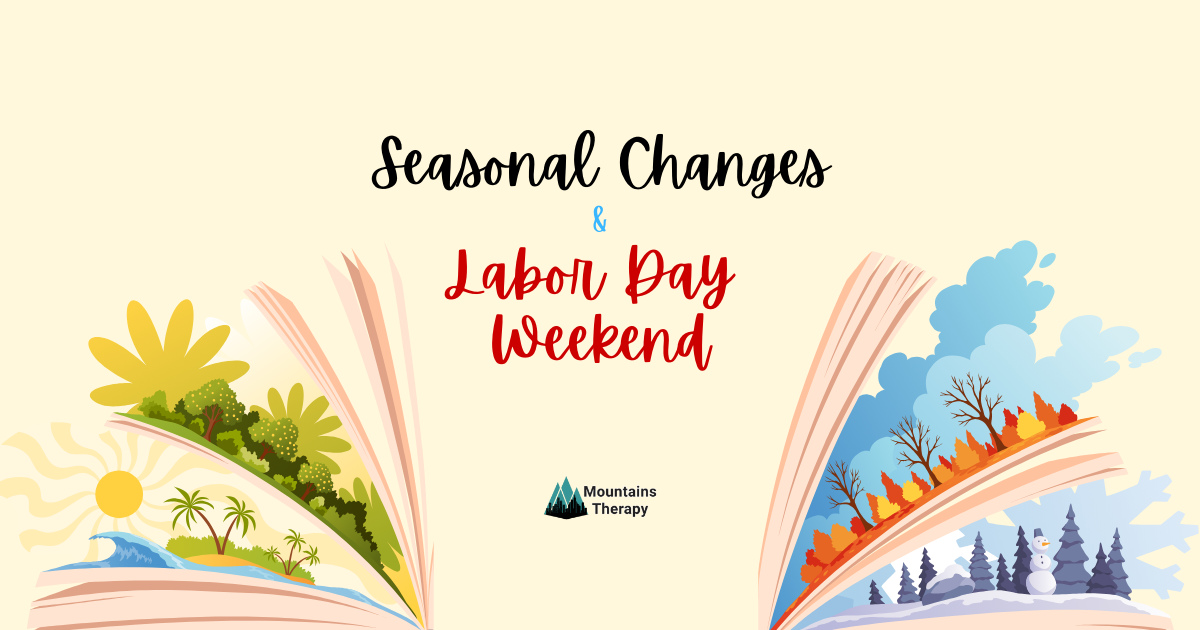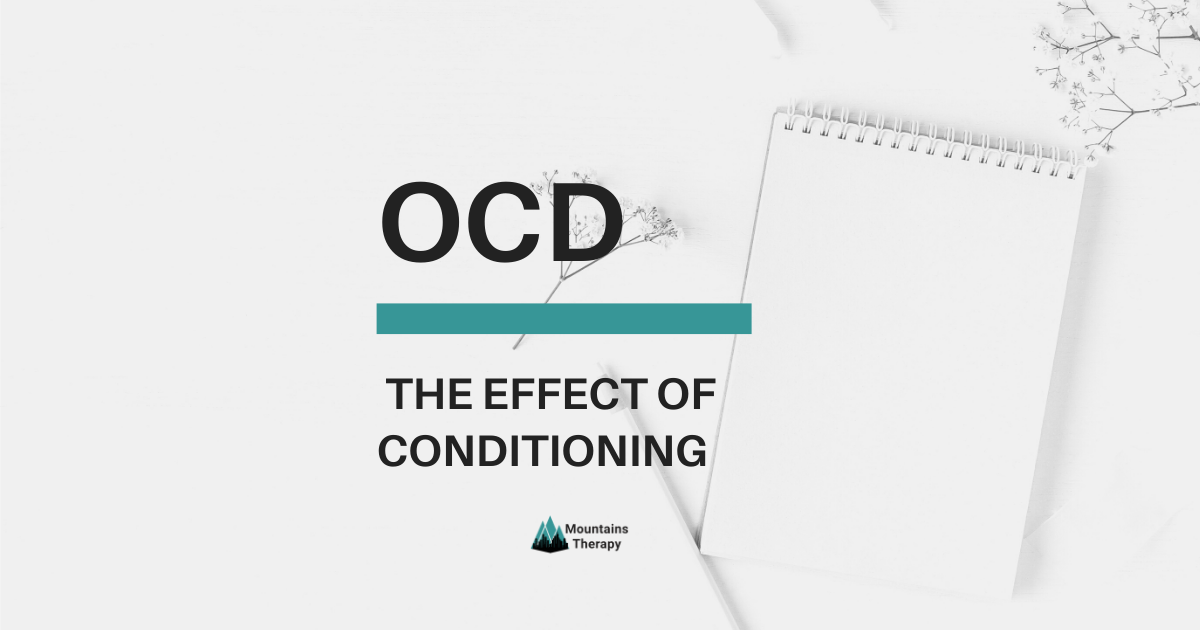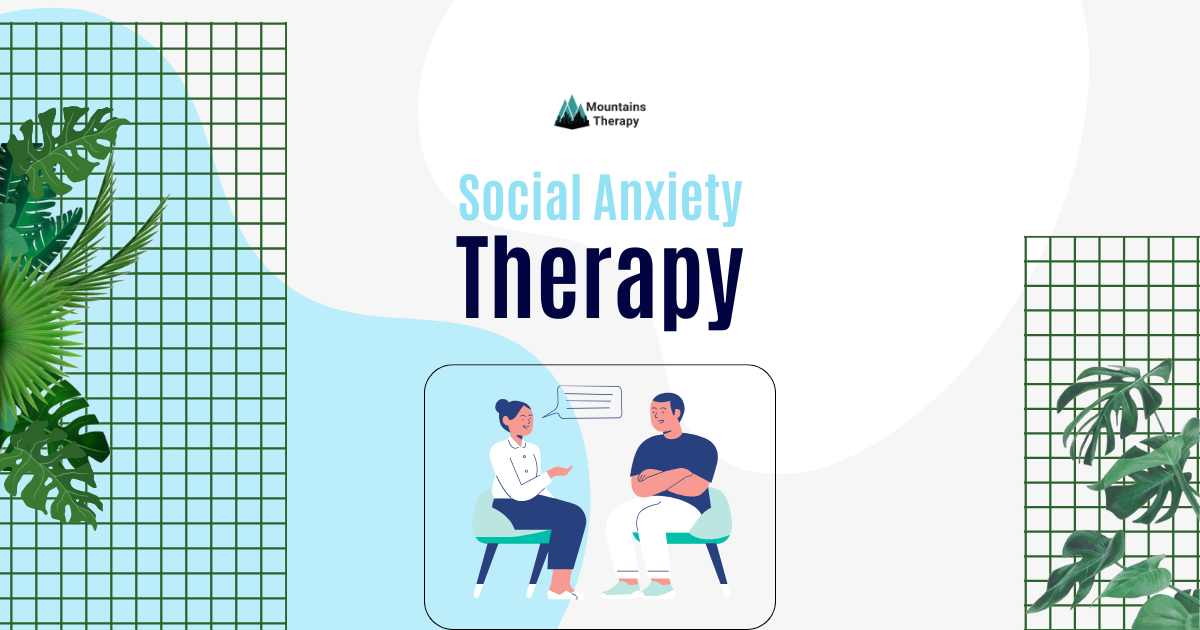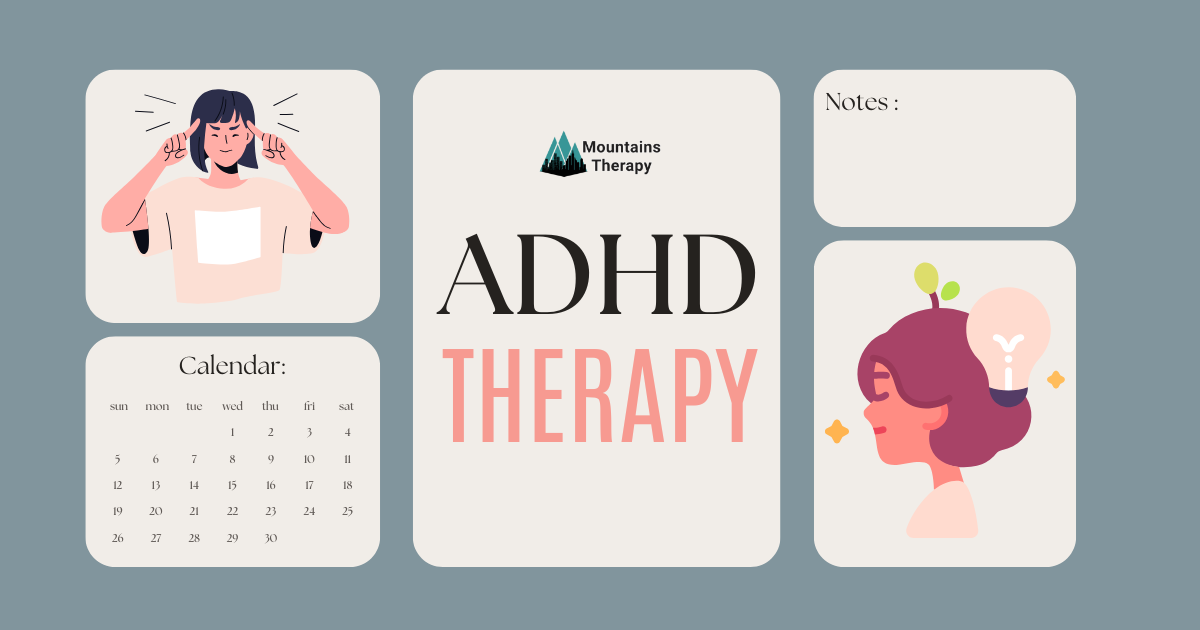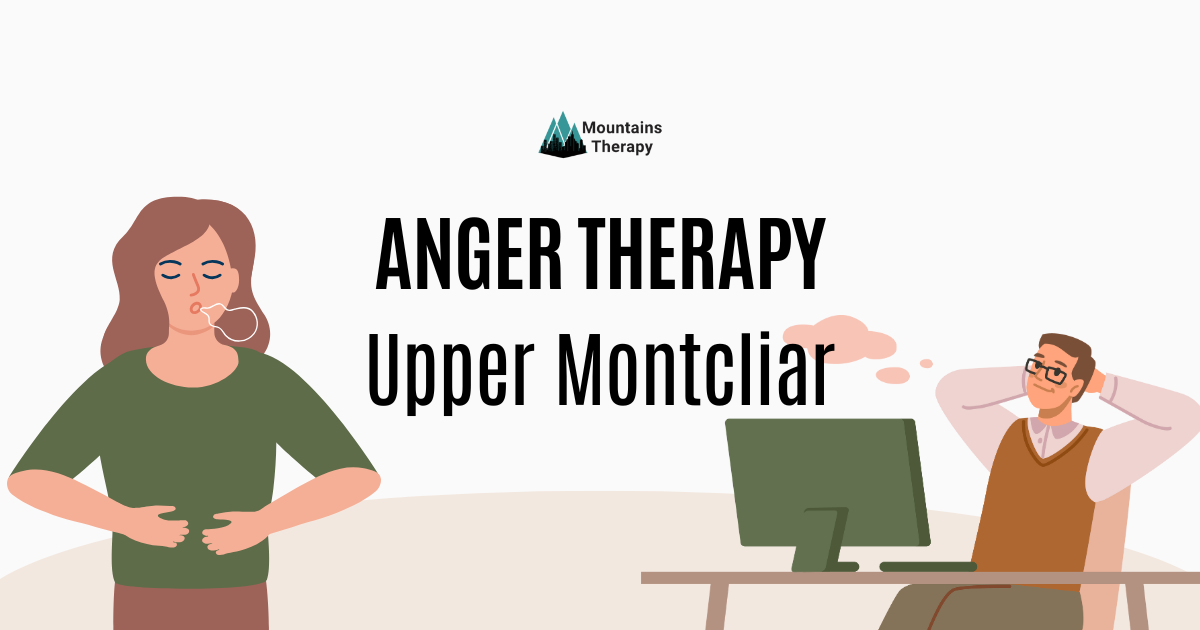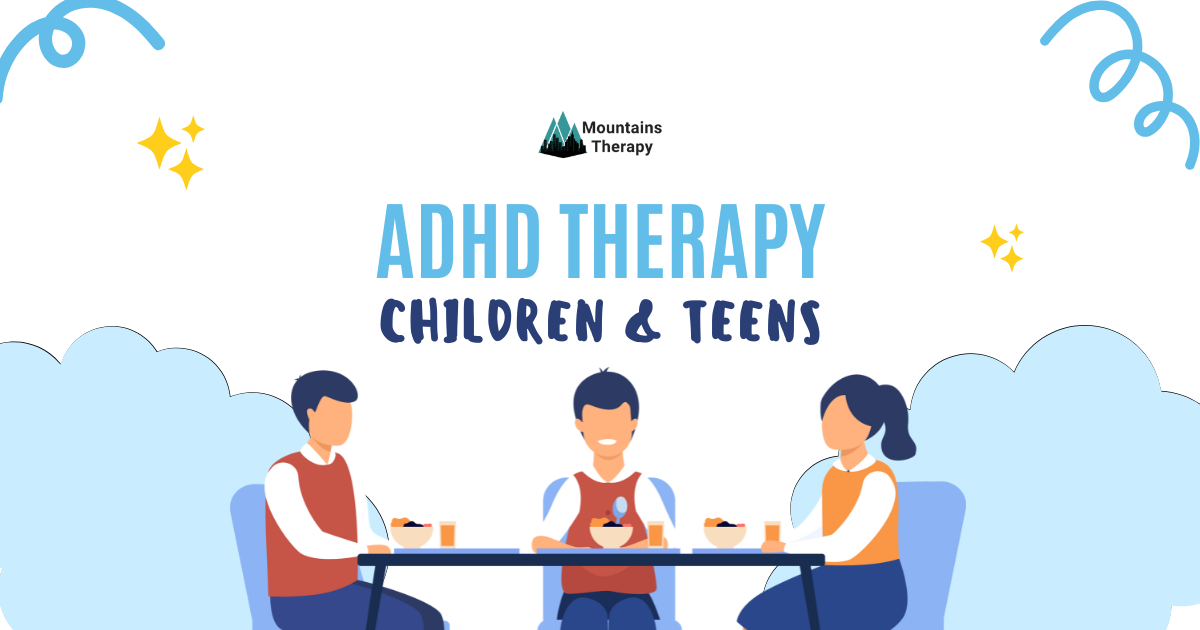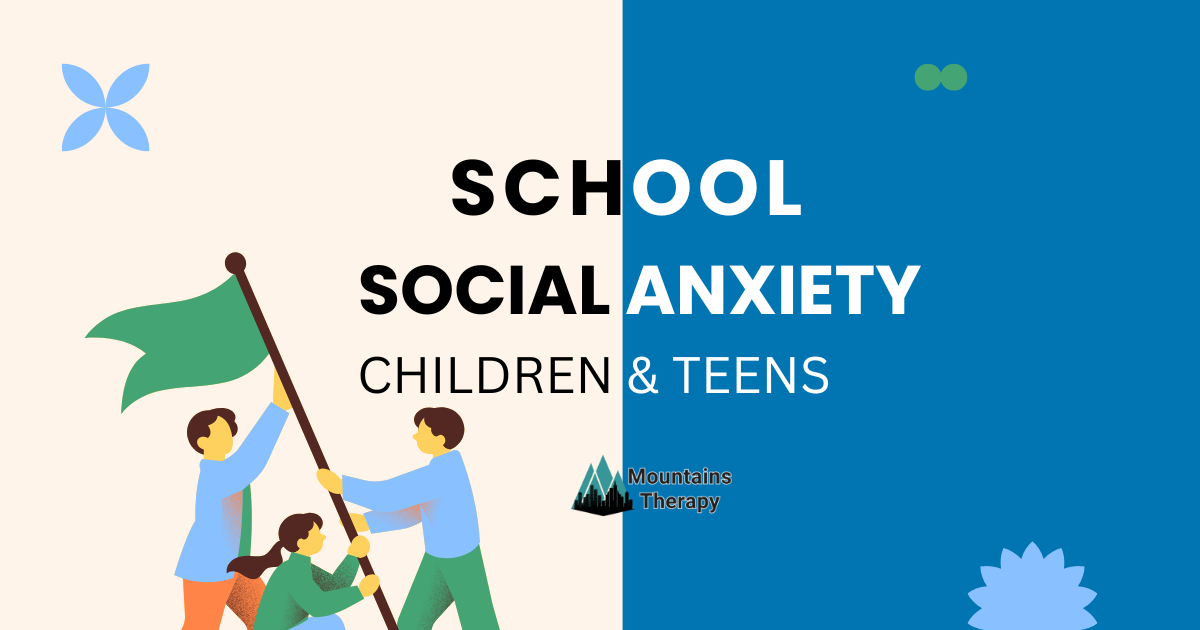When the Sun Sets Early: Exploring Seasonal Depression
Learn more about Seasonal Depression Therapy.
In This Blog, You’ll Learn:
✅ What Seasonal Affective Disorder (SAD) is and how it differs from seasonal depression and other types of depression
✅ The early warning signs and symptoms of seasonal depression
✅ Common myths vs. facts about SAD
✅ How seasonal depression and Vitamin D are connected
✅ The differences between seasonal depression vs. depression, bipolar, ADHD, anxiety, and chronic depression
✅ What seasonal depression feel like for people who live with it
✅ Evidence-based treatments including light therapy, CBT, psychodynamic therapy, and medication
✅ FAQs that answer real-life questions
Introduction
As the months grow colder and the sun begins to set earlier, many people notice more than just a change in the weather. For some, moods shift along with the seasons. This experience is often referred to as seasonal depression, or more specifically, Seasonal Affective Disorder (SAD).
SAD is more common than people realize. According to the Cleveland Clinic, about 5% of adults in the U.S. (ages 18–30) experience SAD. Beyond that, 10–20% of Americans may experience milder seasonal symptoms. For many, when they ask, “What is seasonal depression like?” they describe feelings of emptiness, sadness, and low energy that return year after year. Online forums like “what is seasonal depression like reddit” often reflect shared experiences of fatigue, low motivation, and difficulty enjoying activities once loved.
In this blog, we’ll cover what SAD is, its early warning signs, myths and misconceptions, causes, and treatment options. We’ll also compare seasonal depression vs. depression, seasonal depression vs. bipolar disorder, and how SAD may overlap with other conditions such as ADHD and anxiety.
What is Seasonal Depression?
Seasonal Affective Disorder (SAD) is considered a specifier for Major Depressive Disorder (MDD), meaning it follows a seasonal pattern. Some people even confuse it with seasonal depression or SAD, but they are essentially the same—SAD is the clinical name. To be diagnosed with SAD, a person must first meet the criteria for MDD, with symptoms recurring during specific seasons for at least two consecutive years.
Major Depressive Episode Criteria (DSM):
A depressive episode lasts around two weeks with a depressed mood or anhedonia, along with four or more of the following symptoms:
- Depressed mood
- Anhedonia (loss of interest or pleasure)
- Insomnia or hypersomnia
- Psychomotor agitation or retardation
- Fatigue or loss of energy
- Feelings of worthlessness or guilt
- Difficulty concentrating or indecisiveness
- Recurrent thoughts of death, suicidal ideation, or attempts
This means that understanding seasonal affective disorder versus depression is important: SAD meets the same criteria as MDD, but the depressive episodes occur in a seasonal pattern.
Early Signs of SAD
The symptoms of SAD often mirror those of MDD, but they follow a seasonal pattern. Early warning signs include:
- Persistent low mood – sadness, emptiness, or anxiety
- Loss of interest in activities once enjoyed, often accompanied by social withdrawal
- Appetite changes, sometimes leading to weight changes
- Sleep disturbances – either insomnia or oversleeping
- Irritability, frustration, or agitation
- Suicidal thoughts or attempts
Many people describe “seasonal depression feel like” a heavy weight on their mood—struggling to get out of bed, feeling drained, or lacking motivation even for small tasks.
Myths vs. Facts About Seasonal Depression
- Myth: It’s just “winter blues,” and people can snap out of it.
Truth: SAD is a form of depression and can significantly impact daily functioning. Professional treatment is often necessary. - Myth: SAD only occurs in the winter.
Truth: While most common in fall/winter, SAD can also appear in spring or summer. - Myth: SAD is not a real mental health condition.
Truth: SAD is a recognized specifier for MDD that causes significant distress. - Myth: SAD only affects women.
Truth: Women are more often diagnosed, but men experience SAD as well. The ratio is about 4:1 (women to men).
What Causes Seasonal Depression?
- Biological Factors – Reduced sunlight in fall/winter can lower serotonin and disrupt melatonin levels, affecting mood, sleep, and appetite. This is why seasonal depression and Vitamin D deficiency are often linked, since lower sun exposure reduces Vitamin D levels.
- Cognitive Factors – Seasonal changes may influence memory, processing speed, and cognitive biases, making depressive symptoms more likely.
- Environmental & Cultural Factors – Shorter daylight hours can disrupt the body’s internal clock. Less social activity during colder months and cultural differences in coping mechanisms can also increase vulnerability.
Seasonal Depression vs. Other Conditions
It’s important to understand how seasonal depression overlaps—or differs—from other mental health conditions:
- Seasonal Depression vs. ADHD: People with seasonal depression and ADHD may notice worsened focus, organization struggles, and mood difficulties during specific seasons. Learn more about therapy for adhd near me.
- Seasonal Depression vs. Anxiety: SAD often overlaps with seasonal depression and anxiety, as symptoms like irritability, restlessness, and worry increase during certain months. Learn more about therapy for anxiety near me.
- Seasonal Depression vs. Depression (MDD): Both share the same symptoms, but SAD follows a seasonal cycle, whereas depression can occur any time of year.
- Seasonal Depression vs. Bipolar Disorder: People with seasonal depression and bipolar may experience manic or hypomanic episodes in addition to depressive ones. In some cases, bipolar disorder also follows a seasonal pattern.
- Seasonal Depression vs. Regular Depression: Sometimes referred to as “seasonal depression vs regular,” the main difference is the timing and recurrence tied to seasonal changes.
- Seasonal Depression vs. Chronic Depression: Unlike chronic depression, SAD tends to resolve as the seasons change.
Effective Treatments for SAD
- Cognitive Behavioral Therapy for Seasonal Depression (CBT & SAD) – Helps individuals identify negative thought patterns, replace them with healthier ones, and re-engage in pleasurable activities.
- Psychodynamic Therapy for Seasonal Depression – Explores past experiences and emotional issues that contribute to current depressive symptoms while building healthier coping skills.
- Light Therapy – Using a special light box to mimic natural sunlight. Often recommended within the first hour of waking to regulate mood, sleep, and appetite. This is especially effective for those whose SAD is connected to Vitamin D deficiency.
- Medication for Seasonal Depression – Antidepressants such as SSRIs and bupropion may help regulate serotonin and norepinephrine, improving mood and energy levels. In cases of seasonal depression or bipolar disorder, medication management becomes even more crucial.
FAQs About Seasonal Depression
Q: What is seasonal depression like?
A: Many people describe it as a heavy, lingering sadness tied to the changing seasons. Fatigue, lack of motivation, oversleeping, and withdrawal from social activities are common. Online spaces like what is seasonal depression like reddit often show shared stories that mirror these experiences.
Q: Is seasonal depression the same as SAD?
A: Yes—SAD is the clinical name. When people ask about seasonal depression or SAD, they are referring to the same condition.
Q: How do I know if I have seasonal depression vs. depression?
A: Both share the same core symptoms, but with SAD the depressive episodes return at the same time each year. If symptoms appear only during specific seasons for at least two years, it may be SAD.
Q: Can seasonal depression and Vitamin D deficiency be connected?
A: Absolutely. Reduced sunlight leads to lower Vitamin D levels, which can worsen depressive symptoms. That’s why light therapy and Vitamin D supplements are often recommended.
Q: How is seasonal depression vs. bipolar disorder different?
A: With SAD, depressive episodes follow a seasonal cycle. With bipolar disorder, a person experiences both depressive and manic/hypomanic episodes, which can also sometimes follow seasonal changes.
Q: Does seasonal depression affect people with ADHD or anxiety differently?
A: Yes. Seasonal depression and ADHD may cause worsening concentration and organization struggles, while seasonal depression and anxiety can heighten irritability, worry, and restlessness.
Q: Is seasonal affective disorder versus depression the same thing?
A: Not exactly. SAD is a subtype of Major Depressive Disorder. The key difference is the predictable seasonal pattern.
💡 Remember: You are not alone.
Seasonal Depression is not simply “the blues.” It is a serious condition that requires recognition and, in many cases, professional treatment. To be diagnosed with SAD, symptoms must meet the criteria for MDD and occur in a seasonal pattern for at least two years. The good news is that effective treatments exist, whether it’s light therapy, CBT, psychodynamic therapy, medication, or a combination of approaches. With the right support, people living with SAD can find relief and reclaim balance in their lives. If you’re unsure about starting therapy or just want to learn more, Mountains Therapy is here for you. Reach out to us today to connect with a therapist who truly understands what you’re going through.



